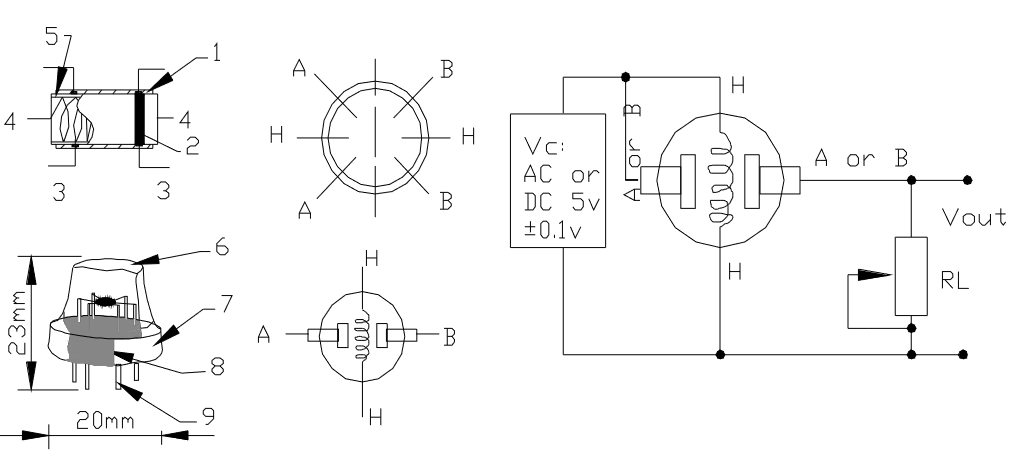Methane is a very common and relevant gas, both for household use and industrial use. Unfortunately, methane is also a dangerous gas and a leak can be a major fire hazard.
I often design gas sensors and detectors. One of the common gases of interest is methane. This article is a set of “notes” that I maintain to document methane sensor solutions available to integrate into a new design.
About this Review of Methane Sensors
This review contains notes from my experience of working with methane sensors and intends to highlights problems and advantages when a certain type of sensor is used. As a design engineer should, I take multiple factors into account when considering a gas sensor for a design. Some of the most relevant factors being:
- Type of the sensor
- Availability
- Cost
- Power consumption
- Performance – accuracy and response time
- Safety and fitness for use
My notes do not target a specific industry or regulations in this article. However, if there is something worth noting, I will.
In general, there are two types of methane sensors. Catalytic cell based sensors and NDIR based sensors. Catalytic sensors are lower in cost, sense other gases and are prone to permanent damage if exposed to certain contaminants. NDIR are safer to use, cost a lot more, are accurate and are meant for higher end applications.
MQ-4 Sensor

The MQ-4 gas sensor is what pops up everywhere if you are looking for a methane sensor or module. This is a very low cost and easy-to-use solution meant for household use (at least in my opinion).
- Type of sensor
The MQ-4 methane sensor is a bulky through-hole sensor.
The sense element is a catalytic bead type sensor with a platinum wire that changes resistance in presence of methane. - Availability
MQ-4 is very common and can be easily sourced. - Cost
This is probably the lowest cost sensor there is. You can buy one for less than $1 in bulk. - Power consumption
The sensor’s heating element alone consumes 150mA at 5V. This sensor is not suitable for battery powered applications. - Performance – accuracy, cross-sensitivity and response time
The sensor is not very accurate to be honest and requires calibration to even begin approaching 500ppm accuracy. It will respond to gases like carbon monoxide and other flammable gases too.
The response time is decent (~1 minute) if the sensor has been pre=heated for a few minutes. - Safety and fitness for use
The sensor is reasonably safe – as in it will not set incident methane gas on fire if the steel filter is intact.
This sensor is good for low cost alarm systems where you do not care about how much methane there is and only need to know whether an alarm should be raised or not.
Feel free to ask away via the Quick Contact form in the sidebar, or leave a comment below.
Change Log
- Initial Release: 18 July 2022
References
- Reference 1: SparkFun MQ4 Datasheet